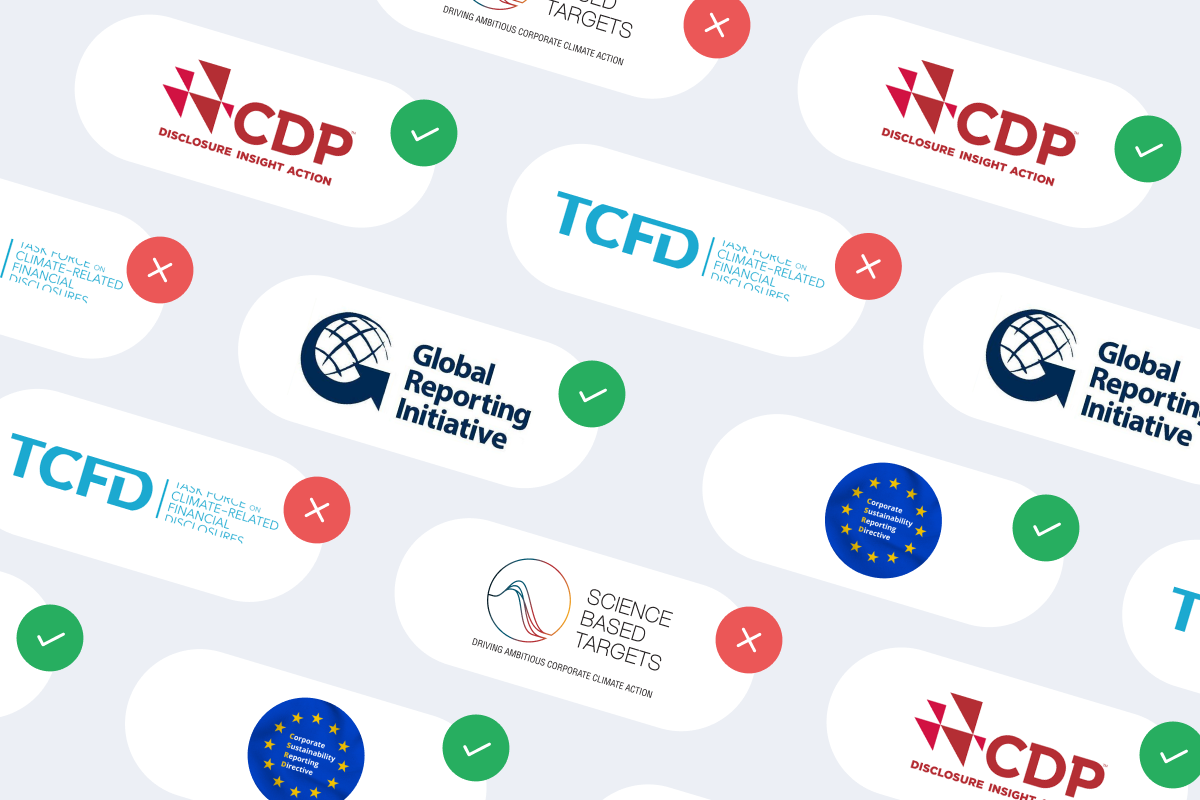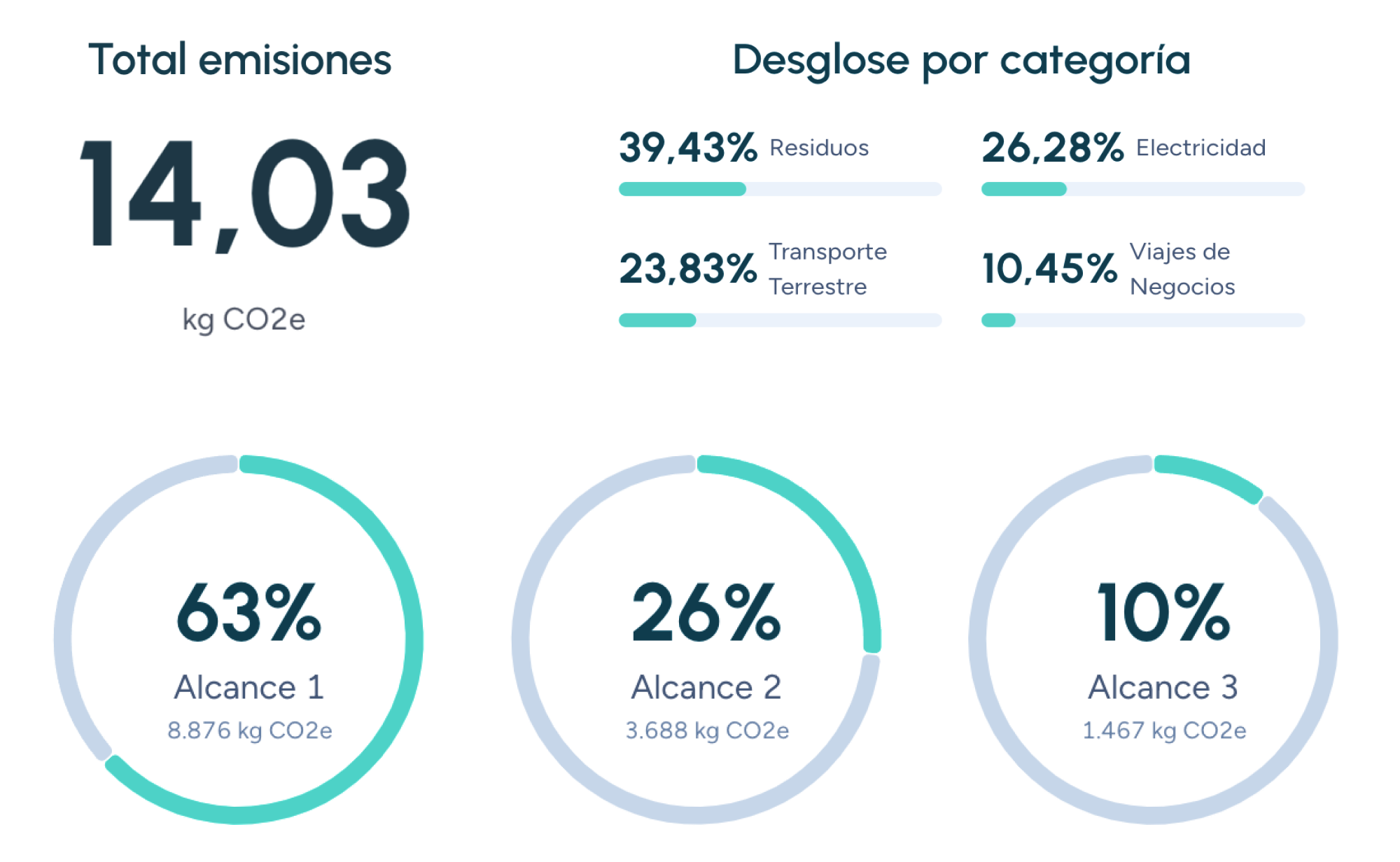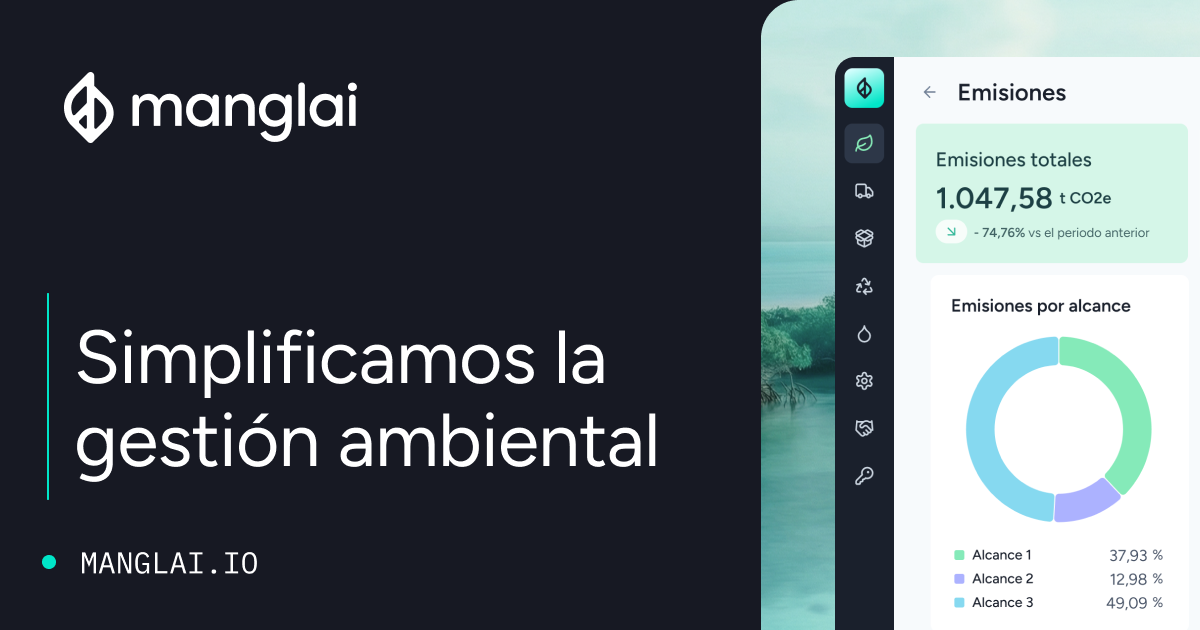C
Carbon intensity (CI)
Carbon intensity is a key concept in the fight against climate change and the management of greenhouse gas (GHG) emissions. This term is used to measure the amount of carbon dioxide (CO₂) emissions generated per unit of economic activity, energy produced, or any other relevant metric.
What is carbon intensity?
Carbon intensity refers to the amount of CO₂ emissions (or their equivalent in other GHGs) emitted per unit of activity. This activity may vary depending on the context: it can refer to the production of a kilowatt-hour (kWh) of electricity, the manufacturing of a product or service, or even a country's GDP. Mathematically, it is expressed as:
Carbon Intensity = CO₂ Emissions / Unit of Activity
For example, in the energy sector, carbon intensity is commonly measured in grams of CO₂ per kWh generated. In the business sector, it may be calculated in terms of tons of CO₂ per million euros in revenue.
The importance of carbon intensity in climate action
Carbon intensity is a key indicator for assessing the environmental impact of different economic activities and sectors. It plays a crucial role in identifying areas for improvement and establishing decarbonization strategies.
1. Measuring environmental efficiency
A low carbon intensity value indicates that an activity generates fewer emissions in relation to its production or economic output. This is a sign of greater environmental efficiency, which is crucial for achieving global climate goals such as those established in the Paris Agreement.
2. Comparison across sectors and countries
Carbon intensity allows for comparisons of environmental performance between different sectors and countries. For example, a country with an economy based on renewable energy will have a lower carbon intensity than one dependent on fossil fuels.
3. Decision-making tool
Governments and companies can use this indicator to design policies and strategies for emission reduction. For instance, a company may prioritize investment in low-carbon technologies if it identifies that its carbon intensity is high compared to the industry average.
How is Carbon Intensity Calculated?
Calculating carbon intensity requires precise data on CO₂ emissions and the associated economic or production activity. The basic steps are:
Collecting emission data
This includes direct emissions (Scope 1), indirect emissions from energy consumption (Scope 2), and other indirect emissions along the value chain (Scope 3) based on the GHG Protocol.
Determining the unit of activity
The activity unit depends on the context. In the energy sector, it may be the amount of energy produced (kWh). In a company, it could be sales volume, physical production, or economic value generated.
Calculating the intensity
The total emissions are divided by the selected unit of activity.
Example: If a power plant emits 500 tons of CO₂ to generate 1 million kWh, its carbon intensity is 500 gCO₂/kWh.
Carbon intensity vs. carbon footprint
Carbon intensity and carbon footprint are closely related but distinct concepts. While the carbon footprint measures the total GHG emissions associated with an activity, product, or service, carbon intensity evaluates these emissions relative to a specific unit of activity.
In other words:
- Carbon footprint is an absolute measure.
- Carbon intensity is a relative indicator.
For example, a company may reduce its total carbon footprint by implementing energy efficiency measures, but if its production increases simultaneously, its carbon intensity may remain constant or even decrease. This demonstrates how both indicators are complementary and essential for comprehensive environmental management.
Strategies to reduce carbon intensity
Reducing carbon intensity is a key goal for achieving climate neutrality:
Transition to renewable energy
Using renewable energy sources, such as solar or wind power, can significantly reduce carbon intensity in sectors like energy and industry.
Improving energy efficiency
Optimizing production processes and reducing unnecessary energy consumption are effective ways to lower carbon intensity.
Technological innovation
Adopting low-carbon technologies, such as electric vehicles or carbon capture and storage (CCS) systems, also contributes to reducing this indicator.
Use of digital tools
Platforms like Manglai enable real-time measurement and analysis of carbon intensity, helping identify areas for improvement and develop tailored emission reduction plans.
Regulations and standards related to carbon intensity
Several international regulations and standards promote the measurement and reduction of carbon intensity, including:
- GHG Protocol: a global standard providing guidelines for measuring and managing GHG emissions, including carbon intensity.
- ISO 14064: an international standard specifying principles and requirements for GHG quantification and reporting.
- EU Emissions Trading Directive: in the European Union, companies in certain sectors are required to report and reduce emissions, including carbon intensity.
Calculate carbon intensity with Manglai
Carbon intensity is an essential indicator for measuring and managing the environmental impact of human activities. It is crucial for identifying improvement areas, comparing environmental performance across sectors and countries, and serving as a foundation for strategic decision-making.
Additionally, tools like those offered by Manglai facilitate the measurement and management of this indicator, enabling organizations to advance toward sustainability and climate neutrality.
In a global context where climate action is more urgent than ever, reducing carbon intensity is not only an environmental responsibility but also an opportunity for innovation and leadership in a sustainability-driven market.
Companies that trust us

Carbon negative
The concept of carbon negative is essential in the fight against climate change, as it involves removing more greenhouse gas emissions from the atmosphere than are generated, actively contributing to corporate sustainability and global CO₂ reduction.
Carbon sinks
Explore the crucial role of carbon sinks in the fight against climate change, their ability to absorb CO₂, and strategies to enhance their effectiveness in reducing the carbon footprint.
CBAM: EU Carbon Border Adjustment Mechanism
Analyse how the EU taxes imports according to their carbon footprint, the sectors affected, and the steps companies must take to prepare for 2026.
Guiding businesses towards net-zero emissions through AI-driven solutions.
© 2026 Manglai. All rights reserved
Política de Privacidad


